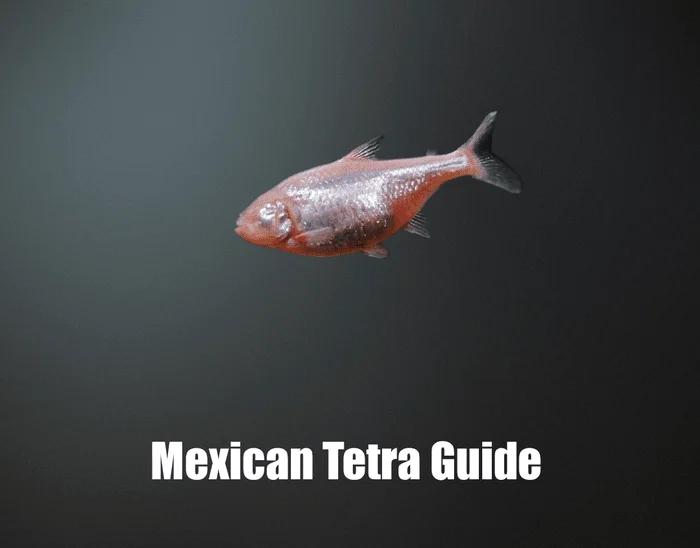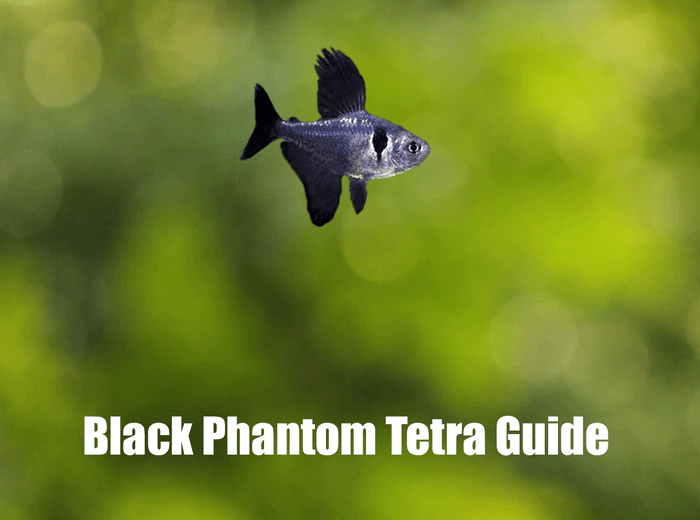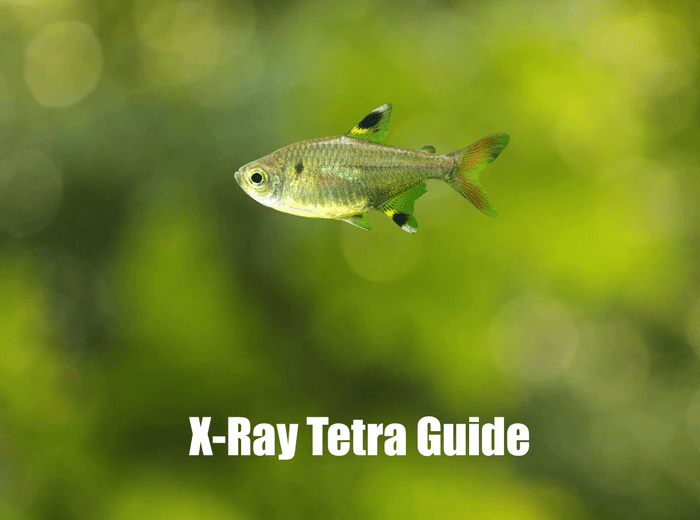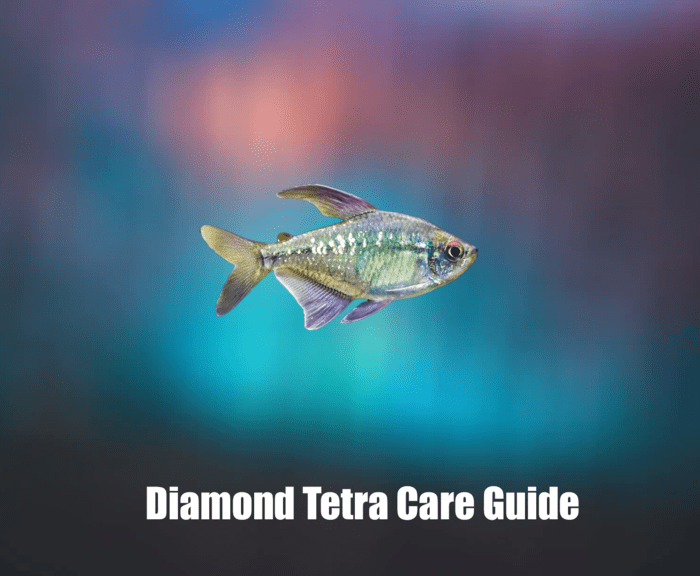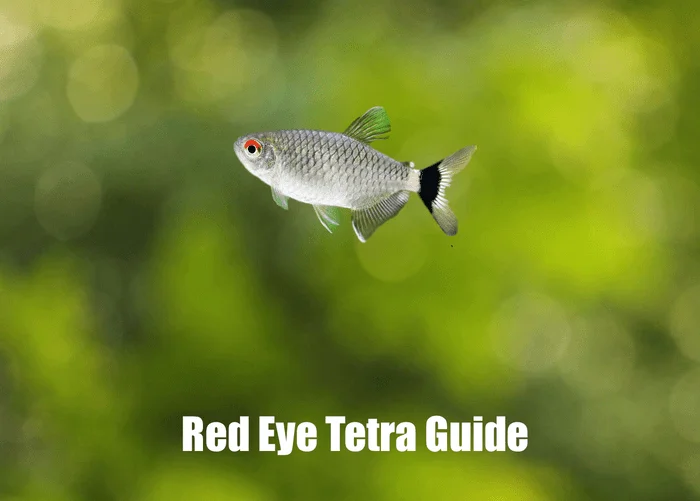Complete Care Guide for Ember Tetra: Ensuring a Radiant Aquarium
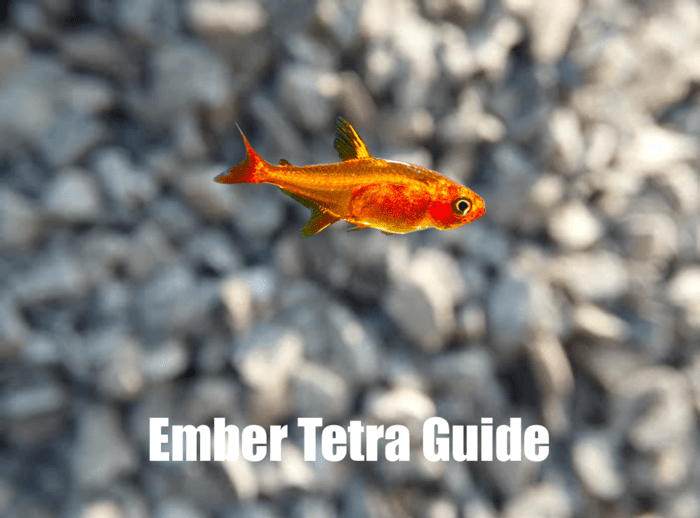
Introduction to Ember Tetra
Considering Ember Tetra for your aquarium or looking to enhance their care? This detailed guide is tailored for aquarists of all levels. Ember Tetra, known scientifically as Hyphessobrycon amandae and prized for their shimmering colors and elegant finnage, are a stunning addition to freshwater tanks. This guide will cover everything you need to know to ensure your Ember Tetra flourish.
Understanding Ember Tetra
Origin and Characteristics
Originating from the serene waters of the Araguaia River basin in Brazil, Ember Tetras are a testament to the beauty that can come in small packages. These tiny fish seldom grow beyond 0.8 inches (2 cm) in length, but what they lack in size, they more than make up for with their vibrant, fiery orange coloration. This striking hue, reminiscent of glowing embers, not only makes them a standout species in any aquarium but particularly so in densely planted or nano setups.
Their small stature and peaceful nature allow them to thrive in these environments, adding a splash of color and vitality without overwhelming the space. Ideal for aquarists looking to create a visually stunning, biotope-inspired aquarium, Ember Tetras are a testament to the diversity and beauty of the aquatic world, offering a unique opportunity to bring a piece of the Amazon right into your home.
Behavior and Tank Mates
Ember Tetra are peaceful, schooling fish that thrive in groups of at least six. They are perfect for community tanks with other non-aggressive fish. Their tranquil nature and vibrant coloration make them aquarium favorites. Suitable tank mates for Ember Tetra include:
- Other Peaceful Tetras: Such as Neon or Cardinal Tetra.
- Dwarf Shrimp: Such as Cherry or Crystal Shrimp.
- Dwarf Corydoras: Peaceful bottom dwellers.
- Small Rasboras: Complementary in behavior and size.
- It’s important to choose tank mates that are peaceful and won’t outcompete the Ember Tetra for food
Remember, while choosing tank mates, consider factors like water parameters, size, temperament, and dietary needs to ensure a harmonious aquarium. Also, always introduce new fish gradually and monitor their interactions to ensure a peaceful environment. 🐠
Setting Up the Perfect Tank
Tank Size and Conditions
A 10-gallon tank or larger is recommended for a school of Ember Tetra but they will benefit from some more swimming room. These Tetra thrive in specific water conditions that mimic their natural habitat. Finally, maintaining ideal water parameters is the key to ensuring their health and well-being in a home aquarium. Here’s a breakdown of their ideal water conditions:

- Temperature: 73-82°F (23-28°C), fitting their tropical nature.
- pH Level: 5.5 to 7.0, favoring slightly acidic to neutral water..
- Water Hardness: 1-10 dGH, indicating a preference for soft water
- Water Quality: Like most fish, Ember Tetra require clean and well-oxygenated water. Regular water changes (about 25% per week) are recommended to maintain good water quality. It’s crucial to remove any chlorine or chloramine from tap water before adding it to the tank.
- Nitrate Levels: Keeping nitrate levels low is important, as high levels can be harmful. Aim to keep nitrates below 20 ppm.
- Ammonia and Nitrite Levels: Both ammonia and nitrite should always be at 0 ppm. Even small amounts of these can be toxic to fish.
It’s important to use a reliable aquarium test kit to regularly monitor these water parameters. Sudden changes in water conditions can stress or harm your fish, so any adjustments should be made gradually. Maintaining stable water conditions is key to the health and longevity of your Ember Tetra. 🌊
Lighting and Decor
- Moderate Lighting: Mimic their natural, slightly shaded habitat with moderate lighting.
- Day/Night Cycle: Maintain a regular cycle, typically around 10-12 hours of light per day.
- Plants: Dense vegetation, including tall and floating plants, to provide hiding spaces and a natural environment.
- Substrate: A dark-colored substrate can enhance the natural colors of the fish.
- Hiding Places: Include driftwood, rocks, and caves for shelter.
- Open Swimming Space: Ensure ample free-swimming space to accommodate their active swimming behavior.
Diet and Nutrition
Feeding Habits
Ember Tetra are omnivorous. Therefore, a balanced diet including high-quality flake foods, frozen or live brine shrimp, daphnia, and occasional vegetable supplements will keep them healthy.
Feeding Schedule
Feed them small amounts once or twice a day, being careful not to overfeed.
Health and Wellness
Breeding Tips
Breeding Ember Tetra can be a rewarding experience, but it requires a bit of preparation and understanding of their breeding behavior. Here are some tips to help you successfully breed Ember Tetra:
- Breeding Tank: Set up a separate tank with soft, slightly acidic water (pH around 6.0-6.5) and a temperature of about 77°F (25°C). Dim lighting and fine-leaved plants or spawning mops are recommended.
- Condition the Breeders: Feed them high-quality live or frozen foods to encourage spawning.
- Spawning Process: Introduce a well-conditioned pair or small group. Spawning usually occurs in the morning.
- Post-Spawning Care: Remove the adults post-spawning to prevent egg predation. The eggs typically hatch in about 24-48 hrs.
- Rearing Fry: Start with infusoria or liquid fry food, then graduate to baby brine shrimp as they grow.
Remember, patience is key when breeding fish. It might take a few attempts before you see success. Keep a close eye on the water parameters and the health of both the adult fish and the fry to ensure a successful breeding experience. Good luck!
Common Health Concerns
Keep in mind, Ember Tetra are susceptible to the same health issues as other tetras, such as ich and fungal infections. Proper tank management and water quality are crucial for their health. Learn more about taking care of your tank here.
Life Expectancy
With proper care, these tetra can live up to 2-3 years. Regular monitoring and maintenance of the tank environment are key to their longevity
Ember Tetra Wrap up
In summary, Ember Tetra add a splash of color and elegance to any freshwater aquarium. By adhering to this comprehensive care guide, you can create a thriving ecosystem for your Congo Tetras. Remember, the key to a vibrant aquarium is a stable, nurturing environment.
Frequently Asked Questions
Ember Tetras reach a maximum size of about 0.8 inches (2 cm).
It’s recommended to keep at least 6 to 10 Ember Tetras together to promote natural schooling behavior and reduce stress.
Ember Tetras have a vibrant orange to reddish hue, which can appear more intense based on their stress, diet, health, and tank conditions.
Yes, Ember Tetras require a heater in the aquarium to maintain a warm water temperature between 73°F and 84°F (23°C to 29°C), which is crucial for their tropical nature.
Share Your Tetra Experiences
Do you have any stories or tips about your Tetra tank? Share them in the comments below!
Help Others Discover This Guide
Navigate the Tetra in your tank with confidence. This guide is your pathway to creating a vibrant and healthy aquatic showcase. Enjoy the dazzling colors and lively nature of these unique fish!

